
Remove Ads
Four years after Castlevania’s 3D debut, Konami rolled up its sleeves and released the series’ next 3D offering, this time on the PlayStation 2. With a trio of fantastic Game Boy Advance games to its name, Castlevania was active and doing very well for itself, but there had been a distinct lack of any major console support since the days of the N64. With Castlevania: Lament of Innocence, however, Konami proved they not only knew what they were doing but that they were doing it well. Castlevania: Curse of Darkness, the second 3D title for the sixth generation of consoles, explored new ideas for the series and introduced a plethora of new characters. Both games were overshadowed and compared unfavorably to bigger and more popular action games upon their respective releases, but both Castlevania games are still very good action games that deserve a playthrough today.
Castlevania’s First Attempts at 3D Were Just A-Okay
They Did Their Best And That’s What Counts
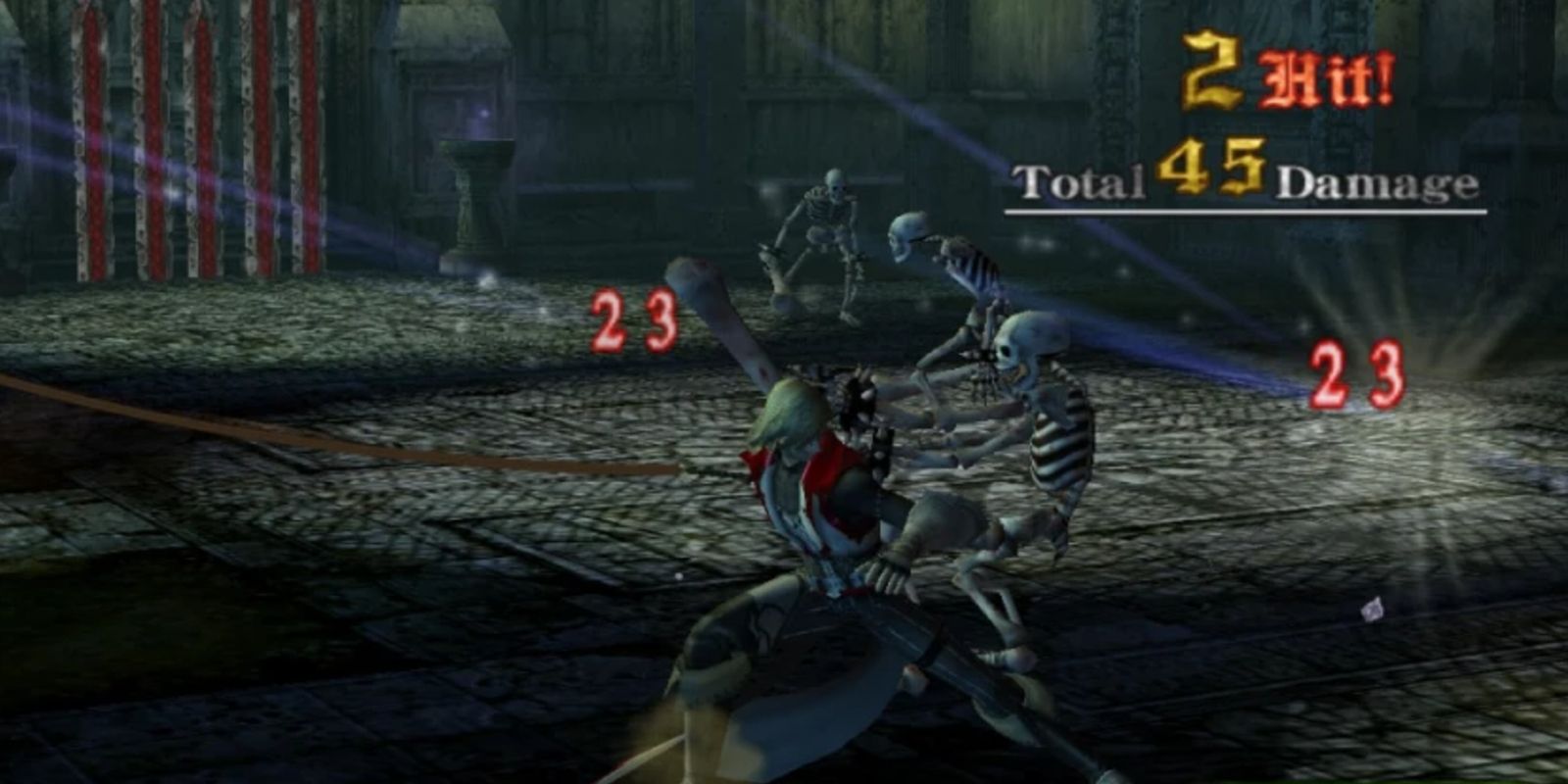
The results were mostly positive, but still hampered by the thoughts of what the series could truly be if given a substantial amount of refinement. There are a few reasons why the first attempts at 3D titles were a little off the mark. To begin with, they were developed by Konami’s Kobe branch and not the core development team.
Secondly, as the series had never been in 3D before, there were plenty of ideas to iron out, brand-new hurdles to overcome, and design choices to focus on. It certainly wasn’t a favorable position for the development team to be in, considering the pressure they faced from navigating such uncharted territory.
Ultimately, had the controls and camera been better, the graphics crisper, and the combat more refined, both N64 Castlevania games could have been much better. This is important to bear in mind when moving to the next duo of 3D Castlevania titles as Konami was intent on producing the very best 3D Castlevania title possible.
Castlevania: Lament of Innocence Marked the Series’ True Point of Origin
Walter Picked the Wrong Girl to Kidnap
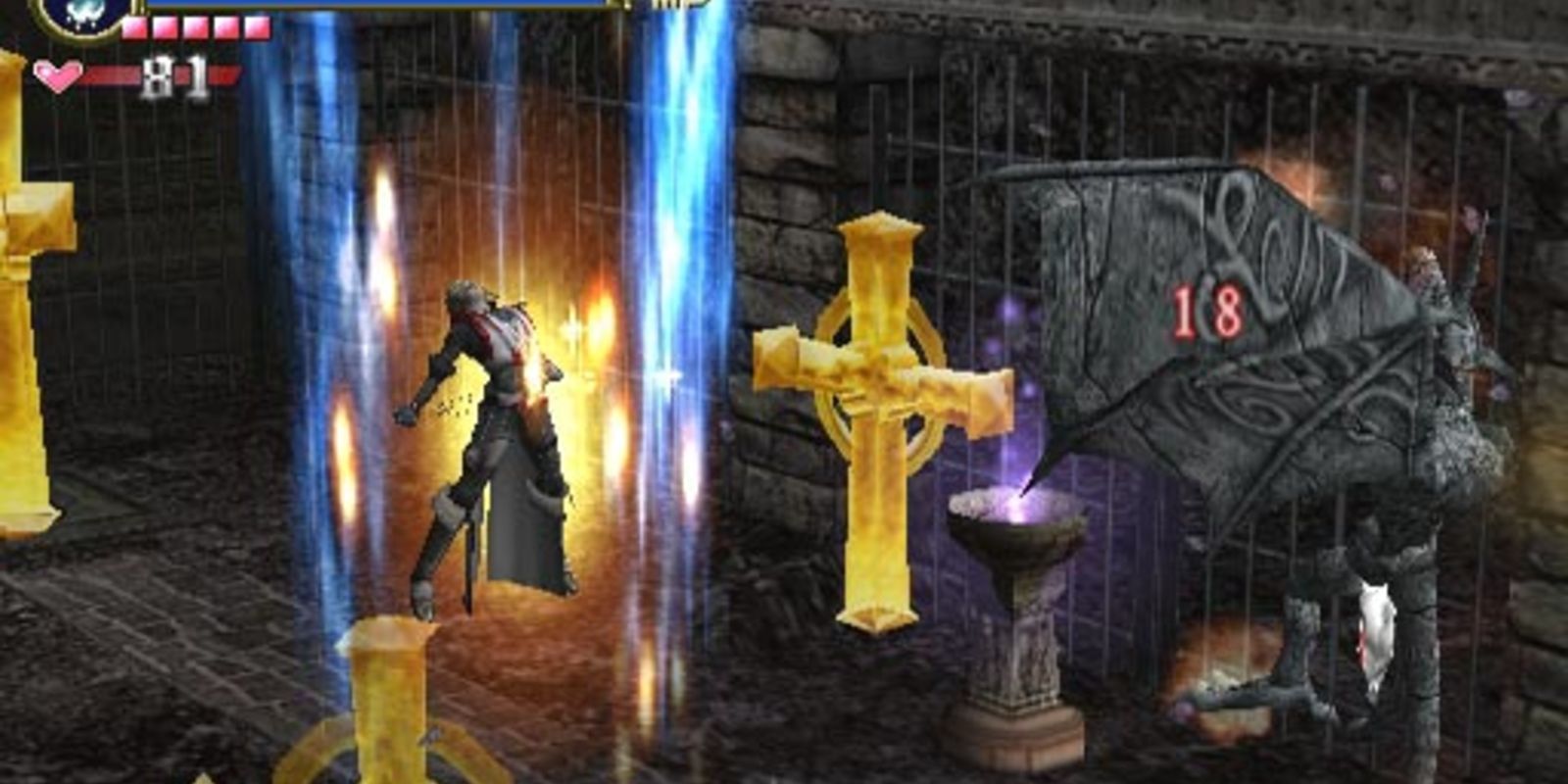
Lament of Innocence is an important entry in the Castlevania series as it is the first game chronologically. Where many other titles in the series introduced new characters and Belmont’s that would populate the timeline of the 20th century, Lament of Innocence finally marked the very beginning of when the Belmont clan first began their battle against the forces of Count Dracula.
Lament of Innocence is unique in this regard, however, as Dracula’s role in the game is much different than in other titles (a plot beat players will have to learn for themselves). The game also introduces the legendary and iconic weapon of the Belmont clan, the Vampire Killer, though it, too, has a surprising detail to its origin, as well.
Title
Platform
Year of Release
Castlevania: Lament of Innocence
PlayStation 2
2003
Mixing and matching sub-weapons to orbs results in dramatic and powerful attacks that can change the flow of battle in a heartbeat. The inclusion of elemental whips and powerful artifacts and items that Leon can equip and use in real-time further deepens combat. It still boils down to two-button combos, but it’s still satisfying to engage in combat with the game’s many different enemies.
Lament of Innocence received positive reviews upon its release, with many critics and fans praising its visuals, music, and improvement over the previous 3D games. Critics did take issue with the game’s repetitive level design, samey action, and somewhat thin plot. It also didn’t help that Devil May Cry had been released two years prior and still reigned as one of the definitive action games of its generation.
Castlevania: Curse of Darkness Introduced Hector and Isaac, Devil Forgemasters Destined to do Battle
It Also Influenced the Netflix Show
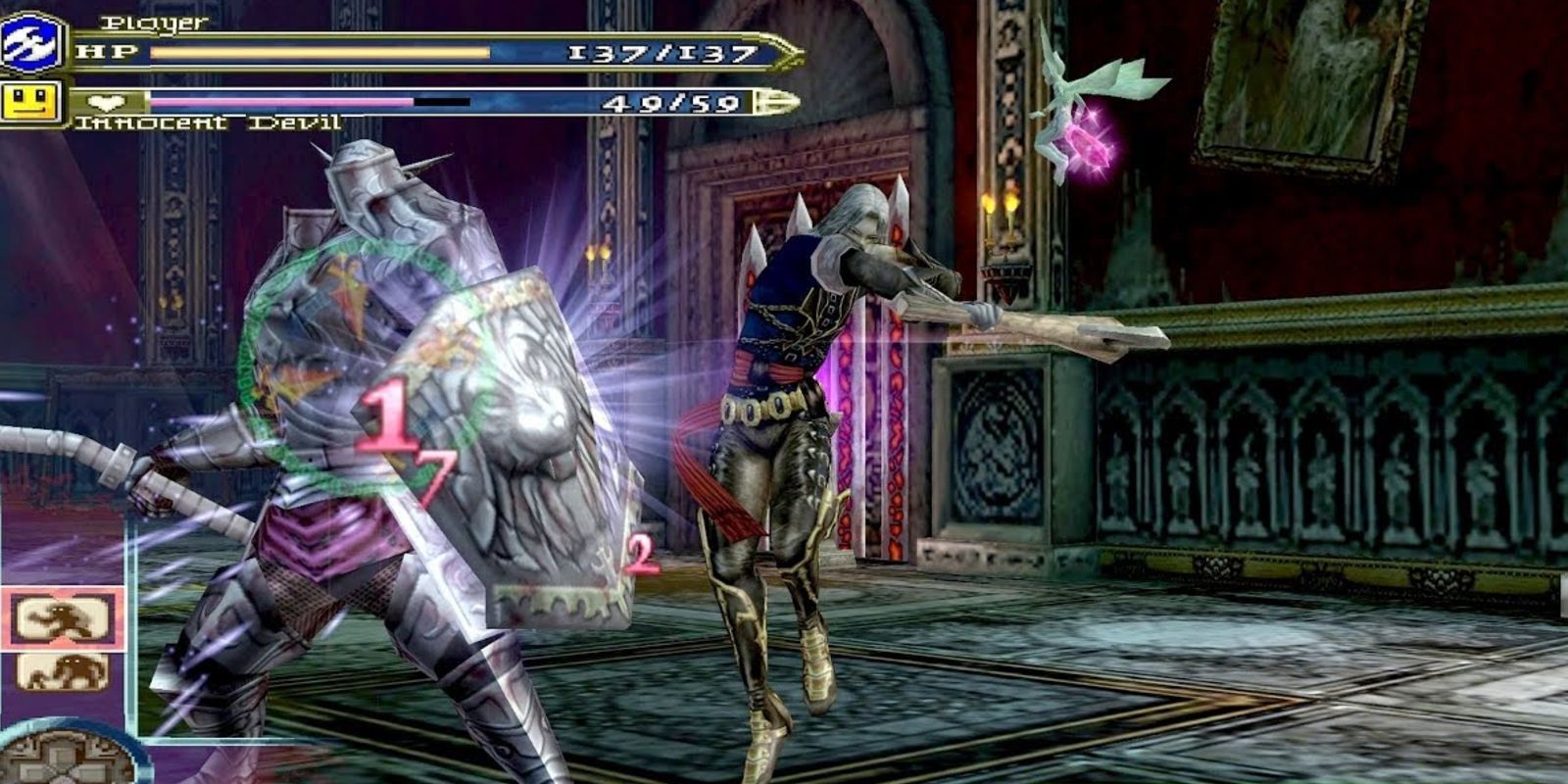
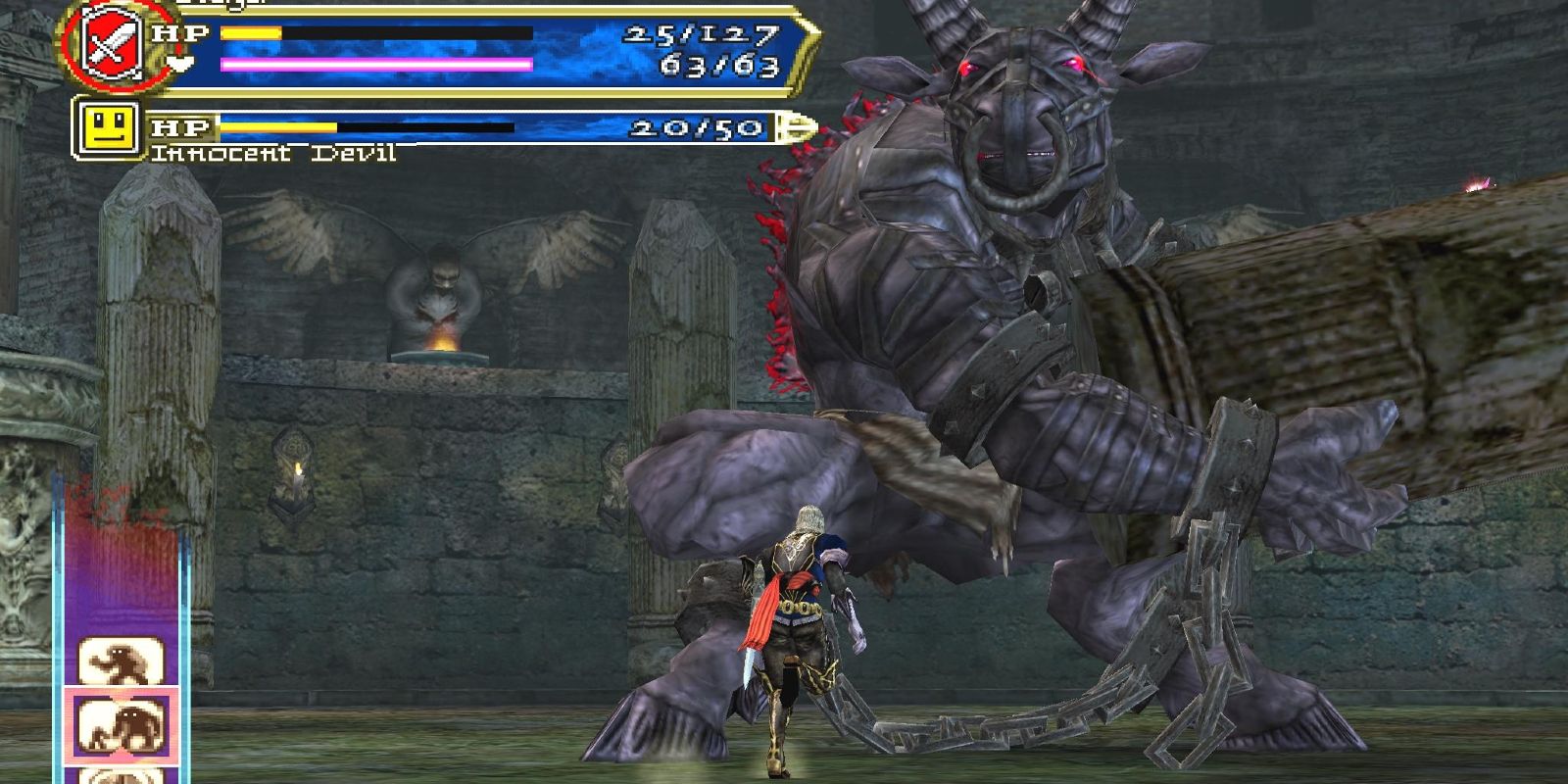
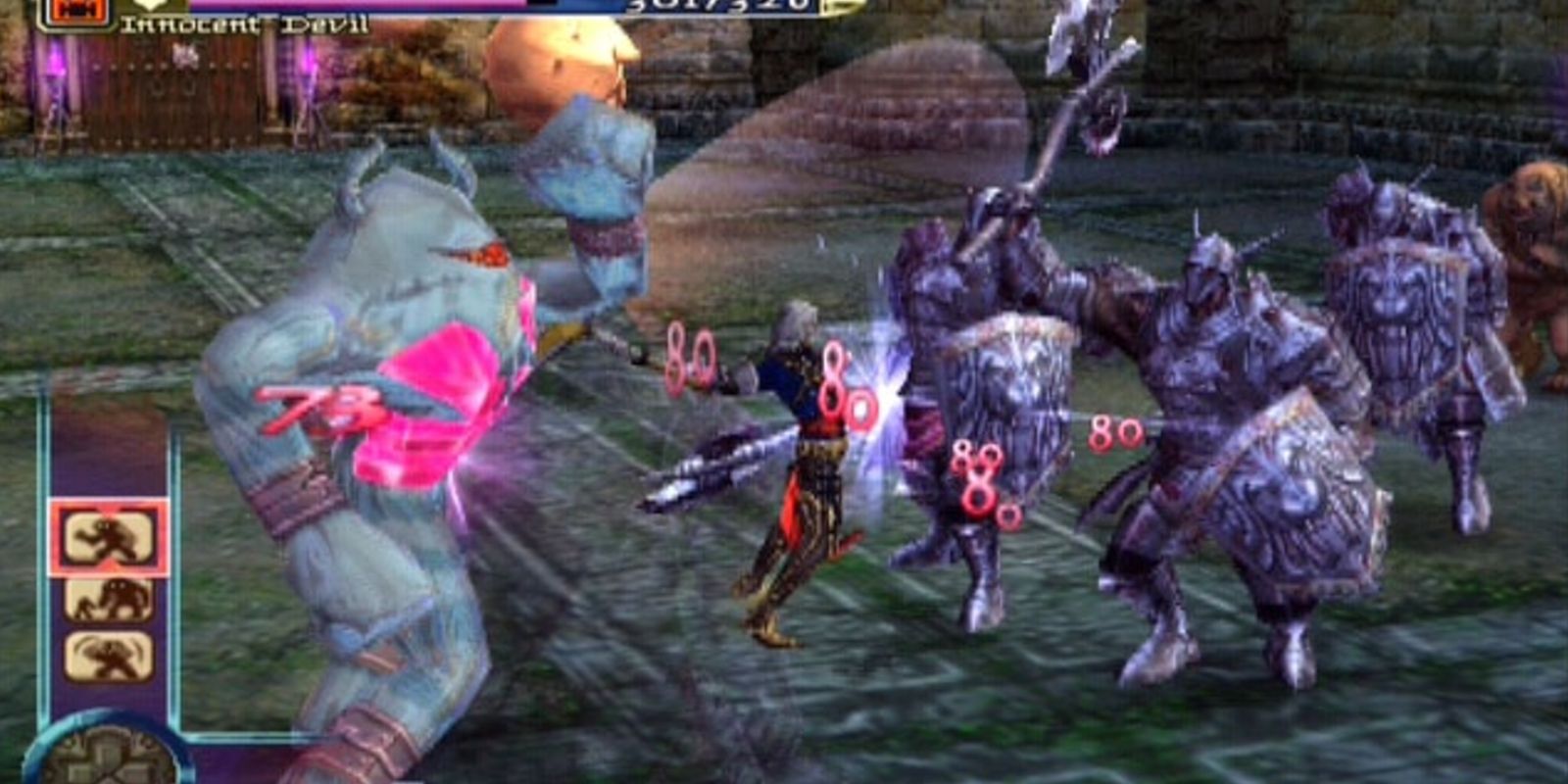
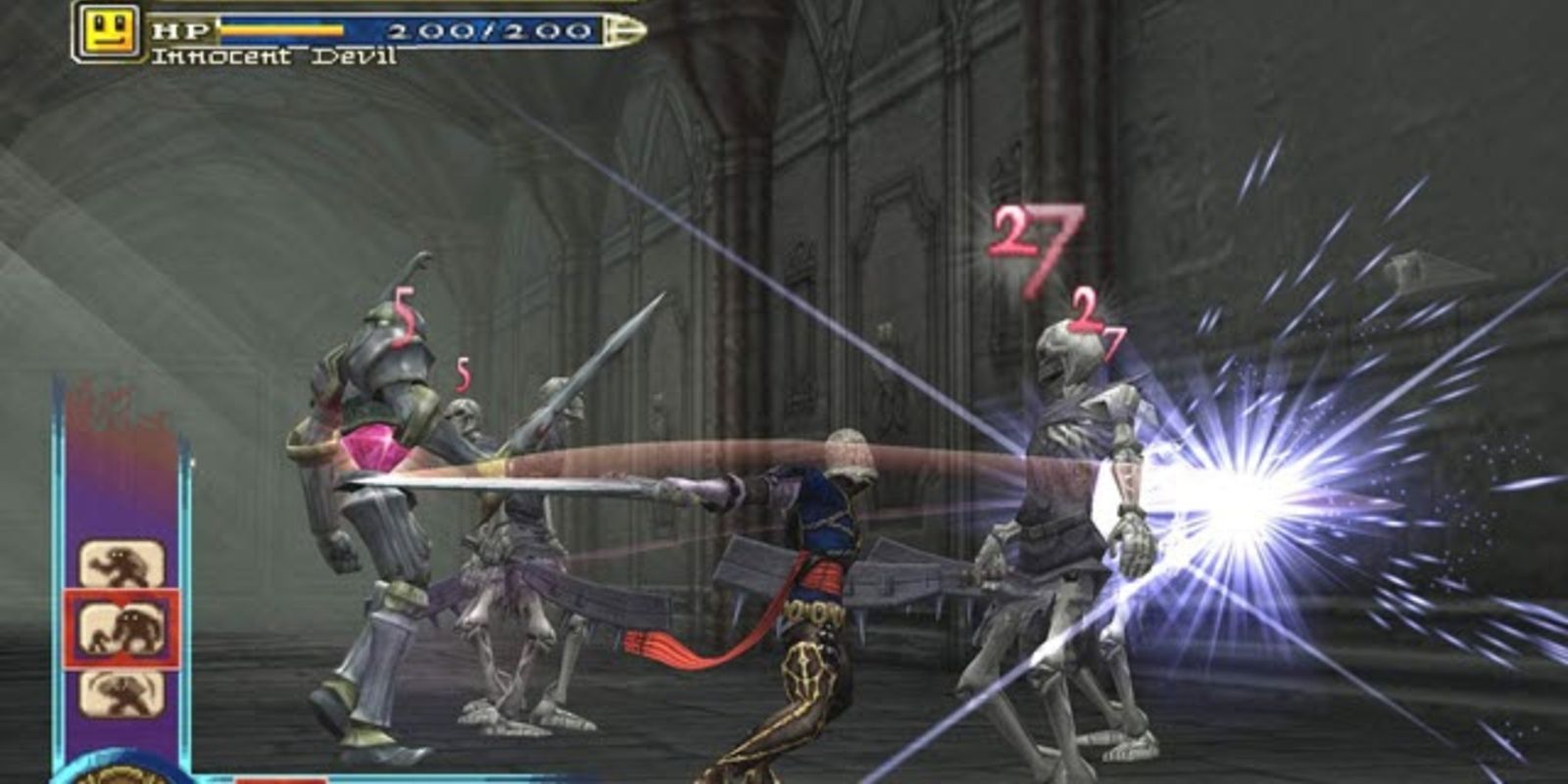
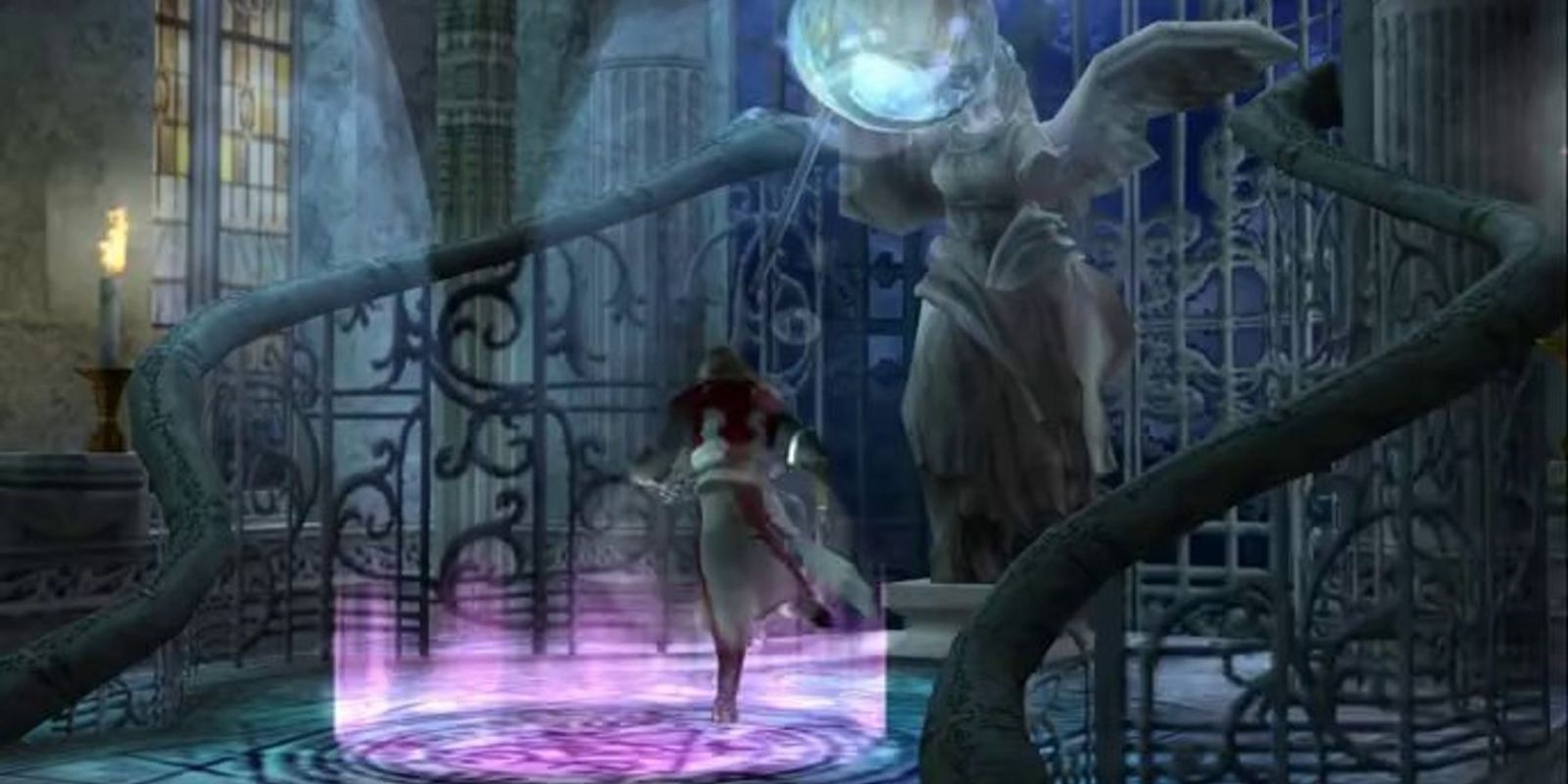





Many centuries later, the year 1479 to be exact, chaos and bloodshed are once again plaguing the European countryside. Three years after the conclusion of Castlevania III: Dracula’s Curse, there is still death in the air. The pervading curse of the evil Count has brought plague and misery to countless innocent people.
The Belmont clan is hard at work to dispel the source of the curse, but there is another individual who will play a major role in the salvation of Europe. Hector, a former Devil Forgemaster for Count Dracula, has renounced his servitude to the vampire lord and instead has chosen to live a peaceful life with his beloved, Rosaly. But when Hector’s past catches up to him, he becomes thrust into a quest fueled by vengeance.
Title
Platform
Year of Release
Castlevania: Curse of Darkness
PlayStation 2, Xbox
2005
Innocent Devils have their own evolutionary path, inherent skills they can learn, and stat bonuses they can impart to Hector. As many Innocent Devil skills are necessary to complete the game, gaining, training, and equipping as many Innocent Devils as possible becomes a large portion of the game. With so many Innocent Devils offering offensive, defensive, and support skills, they help keep the flow of gameplay fresh and exciting.
As an action-adventure game, Curse of Darkness is very good, just not amazing. Igarashi has stated that Dracula’s Curse is his personal favorite Castlevania game and that his desire was to recreate the free-flowing nature of its map with Curse of Darkness. This is why players travel through forests, aqueducts, ruins, and other similar locations throughout the course of the game, as opposed to being confined to a single castle.
As ambitious as this idea was, Curse of Darkness’ biggest weakness was its environments. Many areas are composed of empty square rooms, and despite being different locations, they all tend to look very similar due to the game’s color palette. And as nice as it was for Hector to wield so many different kinds of weapons, combat boiled down to one-button combos with another button press as a finisher. It wasn’t horrible, but it also wasn’t as deep as it could have been.
Critical reception of the game was solid, if not glowing, putting it slightly below the reception of Lament of Innocence. Praise was directed towards the incorporation of the Innocent Devils, Hector as a new main character, and the ability to explore a much greater variety of locations. Conversely, criticisms were raised against its repetitive and sparse level design, its wobbly narrative, and its simplistic combat.
Much like Lament of Innocence before it, Curse of Darkness had the misfortune of being compared to other PS2 action titles such as God of War, Devil May Cry 3, and Prince of Persia: The Sands of Time. On its own, Curse of Darkness is a very fun game that delivers solid action alongside some fantastic music, but with DMC 3 and God of War looming far above it, it just couldn’t escape their shadows.
Both Lament of Innocence and Curse of Darkness Deserve the HD Treatment
Action Fans Will Find a Wealth of Enjoyment Between Them
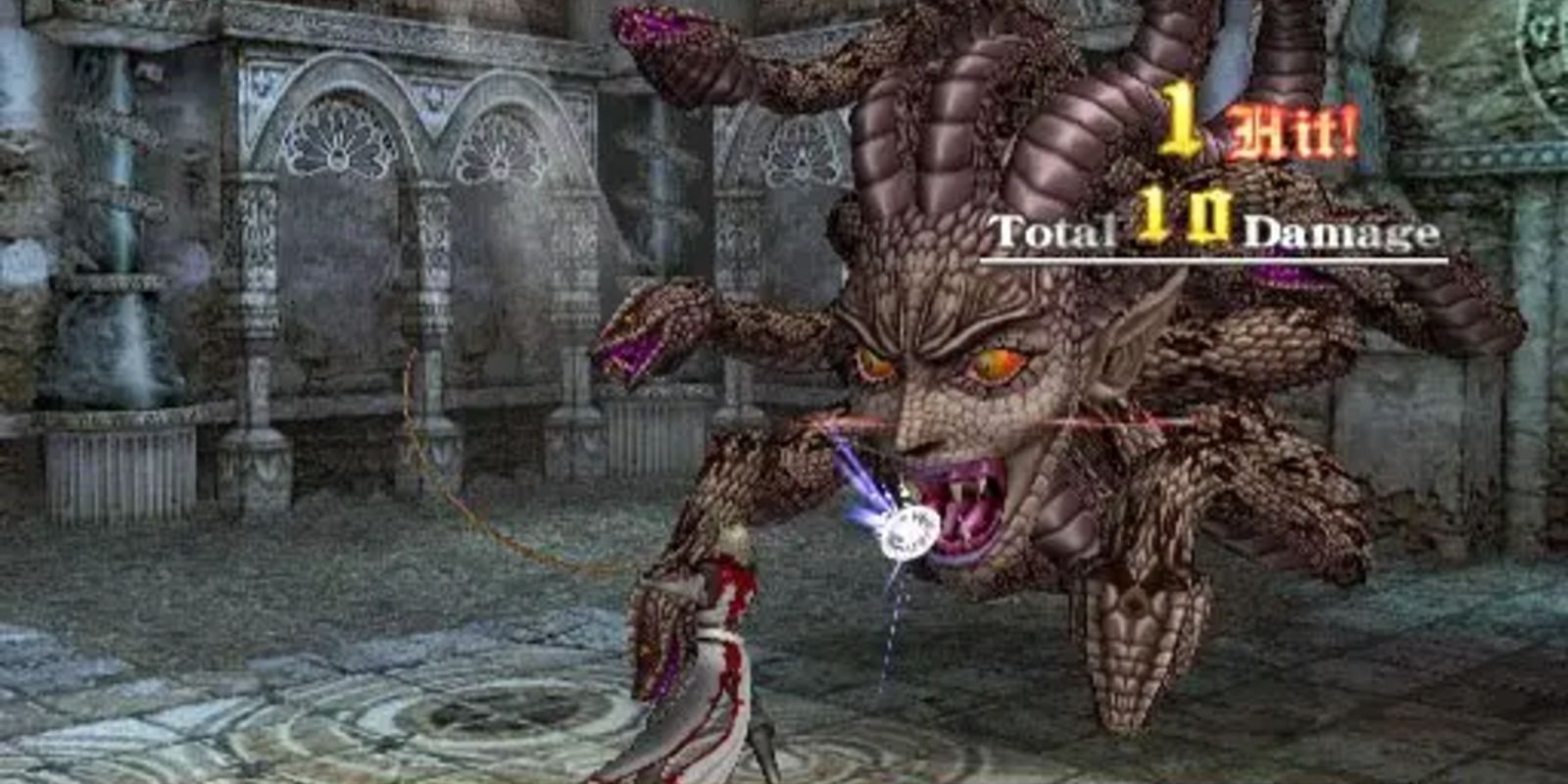
The second season of Netflix’s Castlevania was influenced greatly by Curse of Darkness, as it starred Hector, Isaac, St. Germain, and plenty of other plot beats. It was fantastic seeing these characters get a mature second wind, especially in a show that was so well-made. As for Leon, well, he was given a portrait in the first season of the Castlevania series that appeared on-screen for a brief moment.
Since then, fans have seen neither hide nor hair of the two heroes or their respective villains. As Konami has been hard at work porting and rereleasing earlier Castlevania titles, it would be fantastic if they ever bundled both Lament of Innocence and Curse of Darkness into a single package, just like 2012’s God of War Collection. Upscale the graphics, maximize the framerate, add some additional bonus content like Boss Rush and Speedrun Modes, and make a special edition package that comes with a statue of Leon. Done and done.
Lament of Innocence and Curse of Darkness have their fair share of flaws, but they’re still solid action games that improved on the original attempt at translating Castlevania’s gameplay into 3D significantly. Superb music, nice visuals, great enemy design, and original stories are all great reasons to check these two Castlevania games out.





